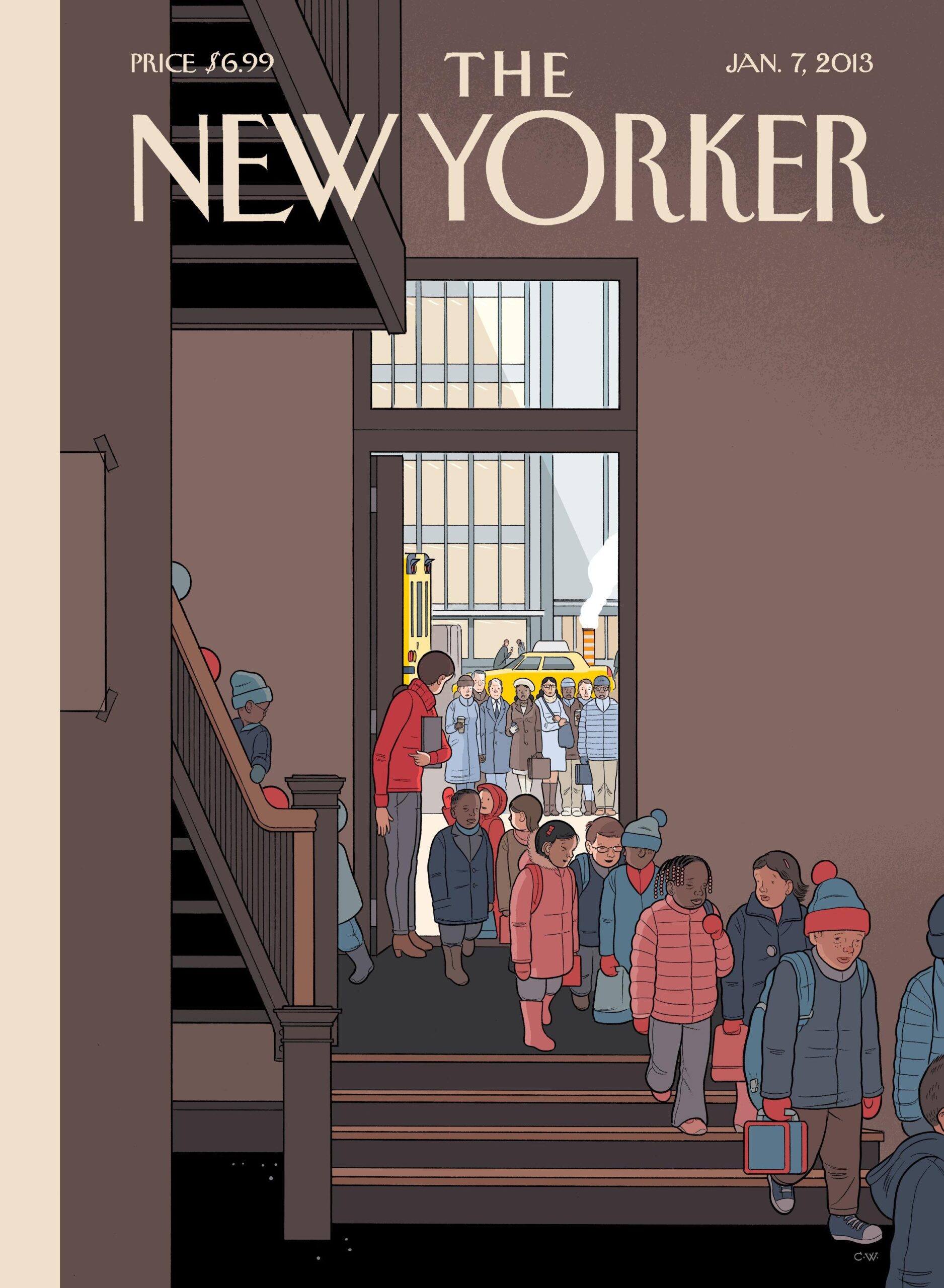In the concrete canyons of New York City, where the relentless tempo of life pulsates through every artery, there resides an annual event that sparks a symphony of emotions: the New York City Marathon. For some, it’s a testament to human endurance, a spectacle of athleticism that paints the city’s pulse with the vibrant colors of perseverance. But beneath the cheers and the spectacle, there’s a subterranean current of dissent, a symphony of discontent played out by a chorus of voices that question the marathon’s place in the urban tapestry. From disrupted routines to concerns over safety, the marathon’s presence elicits a cacophony of complaints, painting a complex, multifaceted portrait of the city’s relationship with one of its most iconic events.
The Marathons Intrusion into Daily Life: Road Closures, Noise, and (Dis)connectivity
From dawn till dusk, on the day of the marathon, a vibrant city transforms into a gridlocked maze. Major thoroughfares are cordoned off, severing the lifeblood of the metropolis. Commuters are left stranded, their journeys paralyzed by an influx of runners. Precious time, already a scarce commodity, is ruthlessly pilfered by detours and delays. This disruption extends beyond the physical realm, seeping into the digital sphere. Phone signals falter, weighed down by the sheer volume of communication as spectators clamor to share the spectacle with the world.
The symphony of the city is replaced by a cacophony of cheers, chants, and pounding footsteps. The once-serene streets reverberate with a relentless din, shattering the tranquility of homes and offices alike. Sleep is a distant dream, as the rhythmic pounding echoes through the night, a rude awakening for those who dare to seek respite. For residents, the marathon is not merely a sporting event but an unwelcome intrusion into the rhythm of daily life, a reminder of the city’s transformation from a bustling hub into a marathon-centric spectacle. The marathon’s legacy lingers long after the runners have crossed the finish line, etching itself into the fabric of the city’s collective memory, a bittersweet reminder of the day when the streets belonged to the spectacle, not to those who call it home.
The Logistics Nightmare: Traffic Jams, Mass Transit Chaos, and Patience Tested
The Logistics Nightmare
The New York City Marathon is a world-renowned sporting event, but for many New Yorkers, it’s a logistical nightmare. The marathon closes down major streets and disrupts public transportation, causing traffic jams and mass transit chaos. For those who live or work in affected areas, the marathon can be a major inconvenience.
Traffic jams can be particularly frustrating, especially during the early morning hours when the race is taking place. The closures can add significant time to commutes and make it difficult to get around the city. The closures also impact public transportation, with buses and subways being rerouted or delayed. This can lead to long lines and crowded trains, testing the patience of commuters.
* Recommendations for Mitigation: Striking a Balance Between Event and City Life
There is no easy answer when it comes to striking a balance between event and city life. However, there are a number of possible measures that could help to mitigate the disruption caused by the marathon, while still allowing residents to enjoy the event.
One possible solution would be to temporarily close certain streets to traffic on the day of the marathon. This would help to reduce congestion and make it easier for runners and spectators to move around. Additionally, the city could provide shuttle buses or other forms of transportation to help residents get around during the marathon.
Key Takeaways
Thus, while the marathon remains a beloved tradition for many, for some New Yorkers, it’s become an unwelcome guest—an annual disruption that brings with it inconvenience, noise, and a sense of displacement. Whether the marathon can adapt to address these concerns, or whether the divide between those who cherish it and those who despise it will continue to grow, remains to be seen. But one thing is for sure: the New York City Marathon has sparked a debate that goes beyond the realm of running, delving into the very fabric of the city it calls home.
